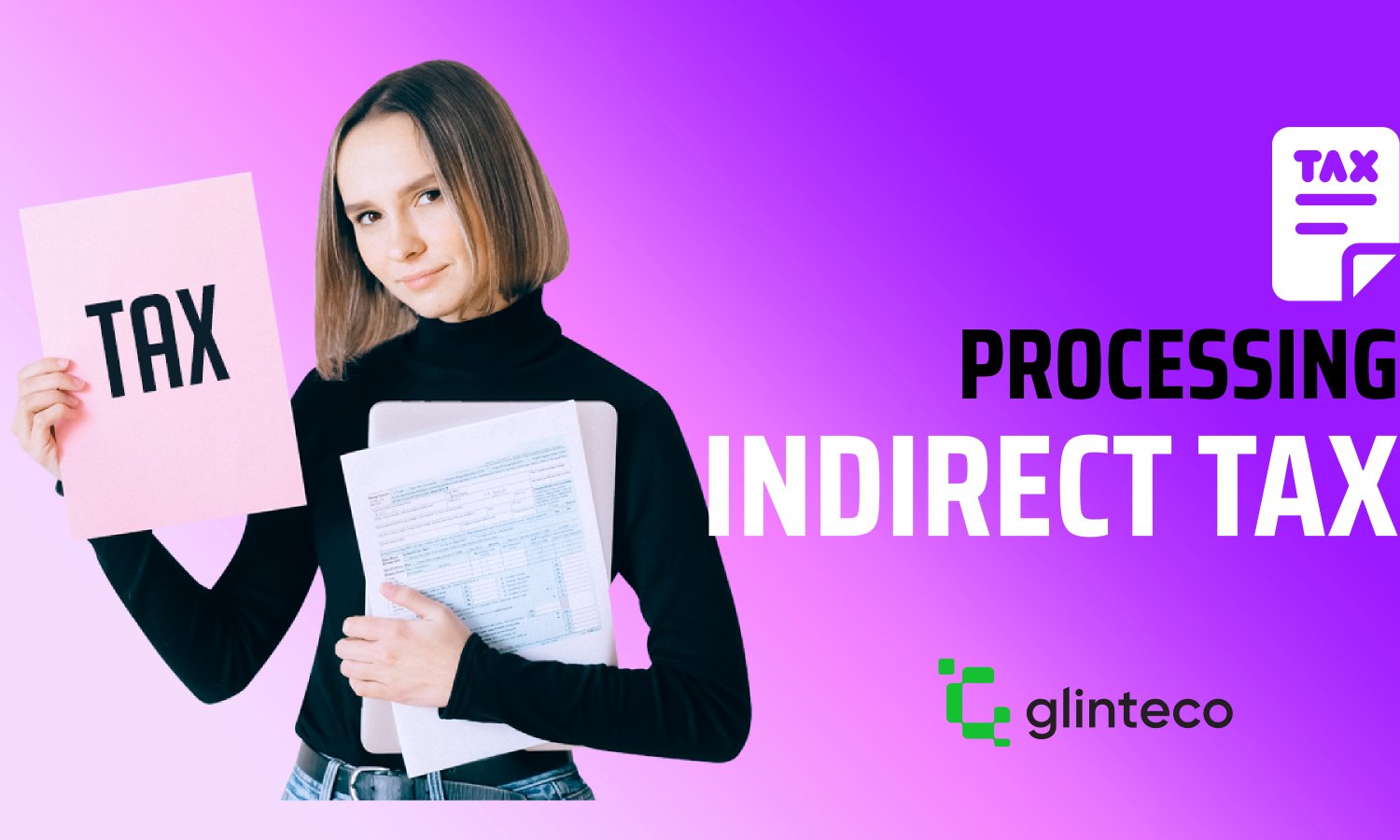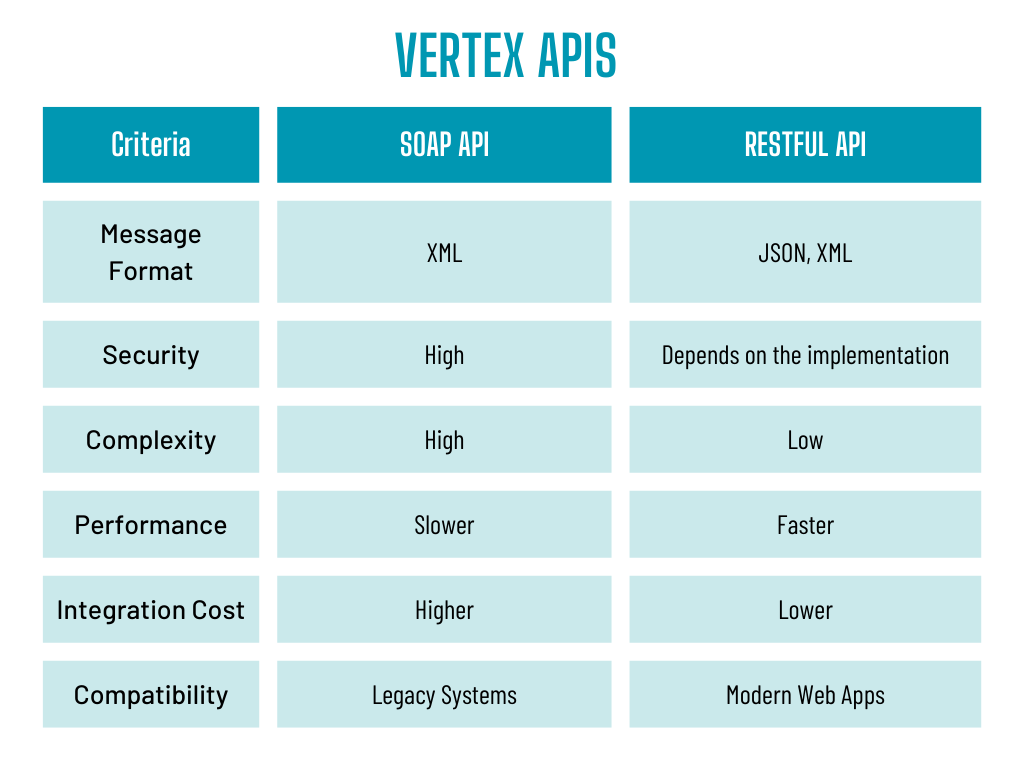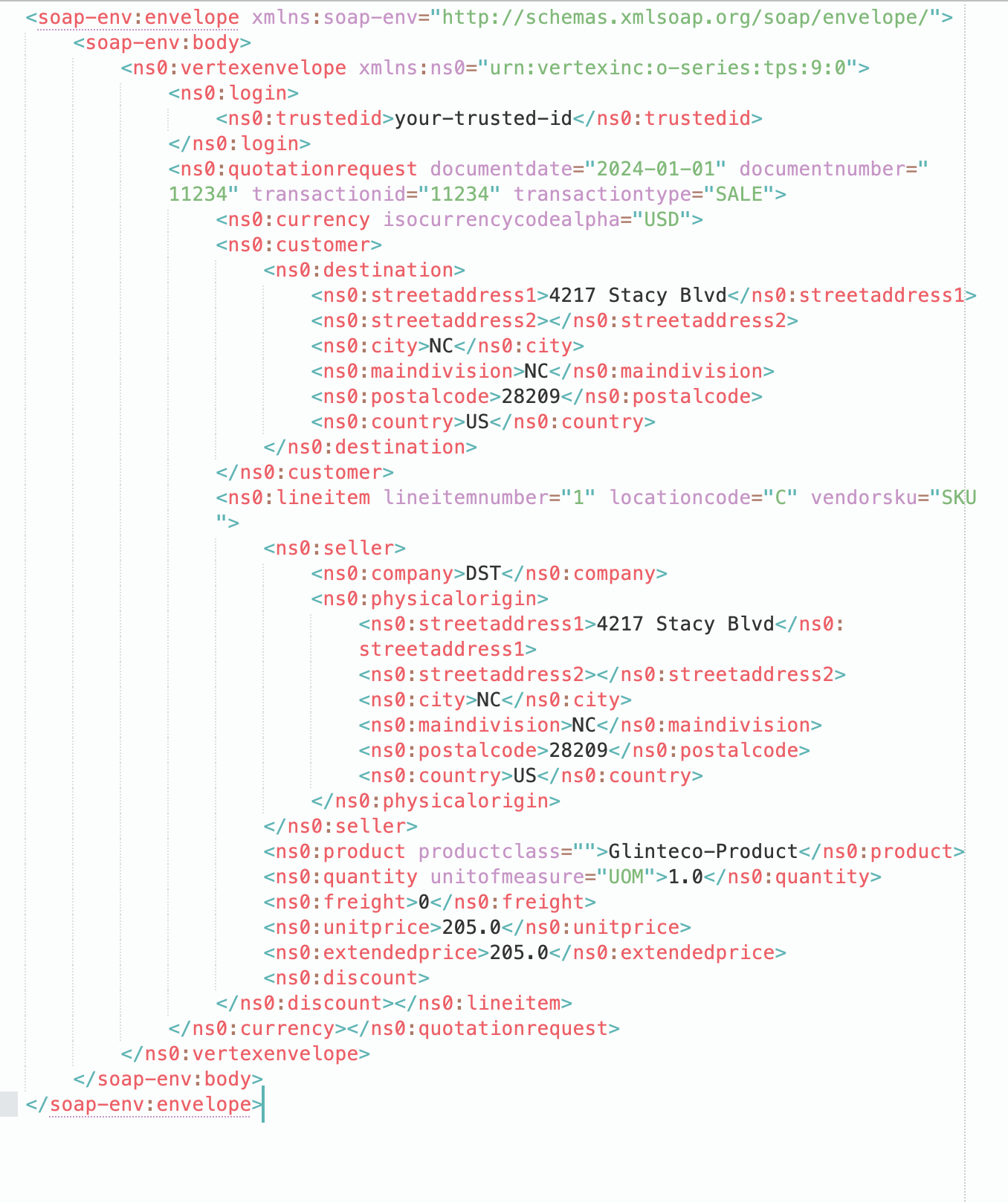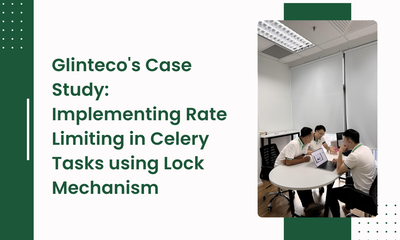So sánh API SOAP và RESTful trong Vertex Tax: Phương pháp tích hợp liền mạch
By hientd, at: 10:36 Ngày 04 tháng 11 năm 2024
Thời gian đọc ước tính: __READING_TIME__ phút


Khi nói đến tuân thủ thuế, việc tích hợp đáng tin cậy với các dịch vụ thuế của bên thứ ba là rất quan trọng để đảm bảo tính toán chính xác và hoạt động kinh doanh liền mạch. Vertex, một nhà cung cấp công nghệ thuế hàng đầu, cung cấp hai cách chính để tích hợp: API SOAP và RESTful.
Trong bài viết này, chúng ta sẽ tìm hiểu những điểm khác biệt chính giữa hai loại API này, trường hợp sử dụng của chúng và khi nào bạn nên chọn loại này hơn loại kia để tích hợp thuế Vertex.
Tài liệu API SOAP: API SOAP của Vertex
Tài liệu API RESTful: API RESTful của Vertex
SOAP so với RESTful: Những điều cơ bản
Trước khi đi sâu vào chi tiết, điều quan trọng là phải hiểu những gì phân biệt API SOAP với API RESTful.
-
SOAP (Simple Object Access Protocol): SOAP là một API dựa trên giao thức sử dụng XML để giao tiếp giữa máy khách và máy chủ. Nó hỗ trợ các hoạt động phức tạp hơn và bao gồm các tiêu chuẩn tích hợp để xử lý lỗi, bảo mật (WS-Security) và quản lý giao dịch.
-
REST (Representational State Transfer): REST là một kiểu kiến trúc sử dụng các phương thức HTTP tiêu chuẩn (GET, POST, PUT, DELETE) và có thể hỗ trợ định dạng JSON. Nó linh hoạt hơn, nhẹ hơn và nhanh hơn đối với hầu hết các nhu cầu tích hợp.
Sự khác biệt chính giữa API SOAP và RESTful trong Vertex Tax
1. Giao thức và định dạng tin nhắn
- API SOAP: Sử dụng định dạng XML nghiêm ngặt và toàn bộ tin nhắn được chứa trong một phong bì SOAP, làm cho nó dài dòng hơn.
- API RESTful: Thông thường sử dụng JSON cho tải trọng yêu cầu và phản hồi, làm cho nó nhẹ hơn và dễ làm việc hơn.
2. Độ phức tạp và tính linh hoạt
- API SOAP: Được thiết kế cho các hoạt động phức tạp như nhắn tin không đồng bộ, giao dịch phân tán và xử lý lỗi mạnh mẽ hơn.
- API RESTful: Dễ dàng triển khai cho các tác vụ đơn giản hơn và linh hoạt hơn về mặt hoạt động. Nó lý tưởng cho các hoạt động CRUD (Tạo, Đọc, Cập nhật, Xóa).
3. Cân nhắc về hiệu suất
- API SOAP: Do chi phí định dạng XML và các thông số kỹ thuật nghiêm ngặt, các cuộc gọi SOAP có xu hướng chậm hơn, đặc biệt là trên các mạng không đáng tin cậy.
- API RESTful: Nhẹ hơn và nhanh hơn do tải trọng nhỏ hơn (thường dựa trên JSON), có nghĩa là hiệu suất tốt hơn trong hầu hết các trường hợp.
4. Xử lý lỗi và bảo mật
- API SOAP: Có các tiêu chuẩn tích hợp để xử lý lỗi và bảo mật, làm cho nó phù hợp với các môi trường bảo mật cao.
- API RESTful: Phụ thuộc vào mã trạng thái HTTP để xử lý lỗi và yêu cầu các biện pháp bổ sung để bảo mật, chẳng hạn như OAuth hoặc HTTPS.

SOAP trong Vertex Tax: Khi nào nên sử dụng nó
API SOAP là lý tưởng khi bạn cần các tính năng nâng cao, chẳng hạn như:
- Luồng công việc phức tạp: Đối với các trường hợp cần thực hiện nhiều hoạt động như một giao dịch duy nhất.
- Tích hợp doanh nghiệp: Giao thức nghiêm ngặt của SOAP rất hữu ích khi tích hợp với các hệ thống doanh nghiệp cũ đã sử dụng SOAP.
- Bảo mật tăng cường: Nếu bảo mật dữ liệu là mối quan tâm chính, WS-Security tích hợp của SOAP cung cấp một lớp bảo vệ bổ sung.
Ví dụ về trường hợp sử dụng:
Khi thực hiện tính toán thuế chi tiết cho các doanh nghiệp quy mô lớn, nơi tính toàn vẹn giao dịch và xử lý lỗi là rất quan trọng.
API RESTful trong Vertex Tax: Khi nào nên sử dụng nó
API RESTful là một lựa chọn tốt khi:
- Tốc độ và khả năng mở rộng: Bản chất nhẹ của REST làm cho nó trở thành lựa chọn tốt hơn cho các hoạt động tốc độ cao và các ứng dụng quy mô web.
- Microservices và Cloud: Khả năng tương thích của REST với các kiến trúc hiện đại như microservices và các giải pháp dựa trên đám mây làm cho nó lý tưởng cho các môi trường này.
- Dễ sử dụng: API RESTful dễ sử dụng và tích hợp hơn với các framework hiện đại, làm cho chúng trở thành lựa chọn hàng đầu cho các dự án mới.
Ví dụ về trường hợp sử dụng:
Đối với một nền tảng thương mại điện tử dựa trên web cần tính toán thuế nhanh chóng và thường xuyên cho mỗi giao dịch mà không cần chi phí của các quy tắc nghiêm ngặt của SOAP.
Ví dụ về tích hợp: SOAP so với RESTful trong hành động
Hãy xem việc tích hợp với API Vertex Tax khác nhau như thế nào đối với các phương pháp SOAP và RESTful:
Tích hợp API SOAP: Tải trọng mẫu

Tích hợp API RESTful: Phản hồi mẫu
{
"customer":
{
"id": "CUST12345",
"businessLocation":
{
"country": "US",
"postalCode": "10001"
}
},
"lineItems":
[
{
"product":
{
"code": "PRD001"
},
"quantity": 2,
"unitPrice": 100
}
],
"currency": "USD",
"transactionType": "sale"
}
Ưu điểm và nhược điểm của API SOAP và RESTful trong Vertex Tax
API SOAP
Ưu điểm:
- Bảo mật mạnh mẽ: Kết hợp các tiêu chuẩn WS-Security, cung cấp các tính năng bảo mật nâng cao phù hợp với các môi trường bảo mật cao.
- Xử lý lỗi toàn diện: Các tiêu chuẩn tích hợp để xử lý lỗi và quản lý giao dịch tăng cường độ tin cậy.
- Khả năng tương thích doanh nghiệp: Lý tưởng cho các quy trình công việc phức tạp và tích hợp với các hệ thống doanh nghiệp cũ.
Nhược điểm:
- Chi phí hiệu suất: Sử dụng định dạng XML trong một phong bì SOAP, dẫn đến kích thước tin nhắn lớn hơn và hiệu suất có thể chậm hơn.
- Độ phức tạp: Giao thức nghiêm ngặt và nhắn tin dài dòng có thể làm phức tạp việc triển khai và bảo trì.
API RESTful
Ưu điểm:
- Nhẹ và nhanh: Thông thường sử dụng JSON để trao đổi dữ liệu, dẫn đến tải trọng nhỏ hơn và xử lý nhanh hơn.
- Tính linh hoạt: Dễ dàng triển khai cho các tác vụ đơn giản hơn và phù hợp với các hoạt động CRUD (Tạo, Đọc, Cập nhật, Xóa).
- Khả năng tương thích kiến trúc hiện đại: Phù hợp với microservices và các giải pháp dựa trên đám mây.
Nhược điểm:
- Cân nhắc về bảo mật: Dựa vào mã trạng thái HTTP để xử lý lỗi và yêu cầu các biện pháp bổ sung để bảo mật, chẳng hạn như OAuth hoặc HTTPS.
- Tính năng tích hợp hạn chế: Thiếu các tính năng nâng cao của SOAP, chẳng hạn như quản lý giao dịch tích hợp.
Trường hợp sử dụng:
- SOAP: Tốt nhất cho các trường hợp cần bảo mật mạnh mẽ, quản lý giao dịch hoặc khả năng tương thích với các hệ thống doanh nghiệp hiện có.
- RESTful: Lý tưởng cho các ứng dụng ưu tiên sự đơn giản, tốc độ và khả năng mở rộng, đặc biệt là trong các kiến trúc web hiện đại.
Kết luận: Chọn phương pháp phù hợp
Việc lựa chọn giữa API SOAP và RESTful phụ thuộc vào nhu cầu cụ thể của dự án của bạn:
- Chọn SOAP nếu bạn cần bảo mật mạnh mẽ, quản lý giao dịch hoặc khả năng tương thích với các hệ thống doanh nghiệp.
- Sử dụng RESTful nếu bạn đánh giá cao sự đơn giản, tốc độ và khả năng tương thích với kiến trúc web hiện đại.
Việc hiểu những khác biệt này sẽ giúp bạn tích hợp các dịch vụ Vertex Tax hiệu quả hơn, cung cấp giải pháp liền mạch và hiệu quả cho nhu cầu kinh doanh của bạn.





